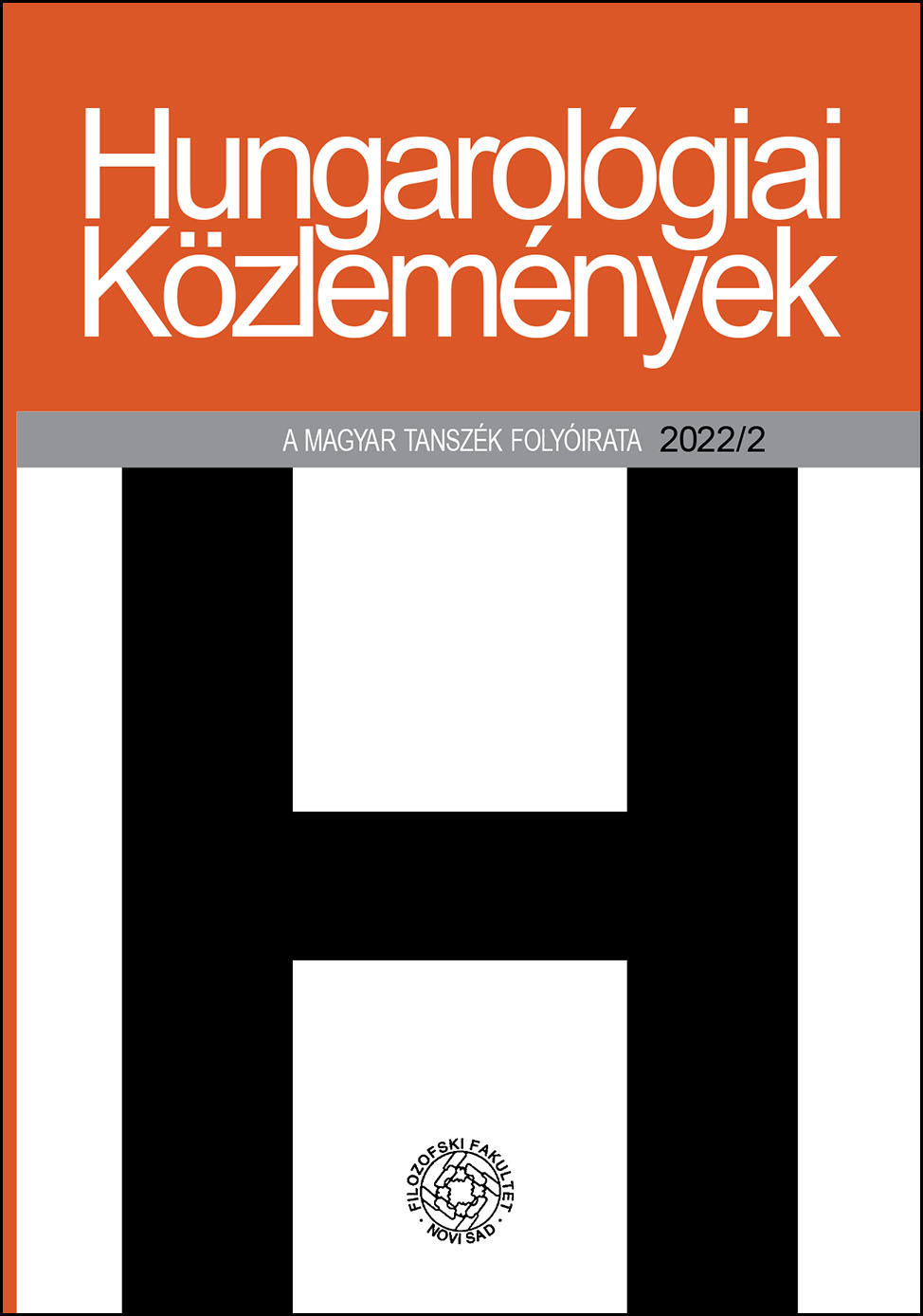Az alárendelt nyelv poétikája mint a kisebbségi irodalom stratégiája
The poetics of the subordinate language as a strategy of minority literature
Author(s): Zoltán NémethSubject(s): Studies of Literature
Published by: Филозофски факултет, Универзитет у Новом Саду
Keywords: minority literature; subordinate language; hybridity; pluricentrism; transculturalism
Summary/Abstract: Self-determination has become one of the most important needs of the literatures identified as minority literatures after 1920, such as the Hungarian literatures in Slovakia, Transylvania, Yugoslavia, etc. As a consequence, a range of concepts gained validity expanding to the whole of what has been perceived as minority or ethnic nationality literature. In the discussion around the bridging role, minority messianism, the concepts of specific or special minority literatures beyond Hungary’s borders, or the imagined homogeneity of the minority literatures due to ideologies produced over multiple decades, little attention is given to the role of the literature as a source of poetics that creates a valid literary language out of the tension of subordination, transculturalism, hybridity, dialect, and a pluricentric approach to language. The presentation does not only mention contemporary works of Hungarian literature beyond the country’s borders for this purpose, such as Pál Száz’s phyto-legendarium Fűje sarjad mezőknek [Grass Grows on Meadows] (2017), or the authors writing in the “language of the Székelys” (Attila Sántha, Sándor Muszka), but also expands to questions addressed to the contemporary Hungarian literature as a whole (Lajos Parti Nagy, Szilárd Borbély), and discusses these questions through the perspectives of post-modern or transcultural approaches to literature. In this respect, works by bilingual authors such as Péter Macsovszky represent a specific linguistic agglomeration, i.e., works that can be classified as “non-Hungarian Hungarian literature”. The presentation encompasses dialect, language mixing, and the dominance of a foreign language in the context of Hungarian literature.
Journal: Hungarológiai Közlemények
- Issue Year: 23/2022
- Issue No: 2
- Page Range: 1-13
- Page Count: 13
- Language: Hungarian

